How to Create NFT in 2023? – Step-by-Step Guide

If you want to know how to create an NFT in 2023, you’ve probably witnessed how NFTs have taken the digital world by storm in the last two years. NFTs have redefined digital ownership using the power of blockchain technology, and they’ll likely continue to do so in the coming years.
They’ve paved a new way for artists and creators to achieve proof of ownership over digital assets, whether that’s a piece of art, a song, or even a piece of virtual real estate. They’ve also allowed collectors to invest in unique pieces of digital art, creating countless new opportunities for new digital creators.
And ultimately, they’ve transformed the way we perceive digital assets and opened up countless new opportunities in the crypto economy.
Today, pretty much anyone with a crypto wallet can create their own NFTs and start sharing and monetizing their digital creations. Whether that’s content, art, music, products, services photography, you can turn it into an NFT.So whether you’re a/an:
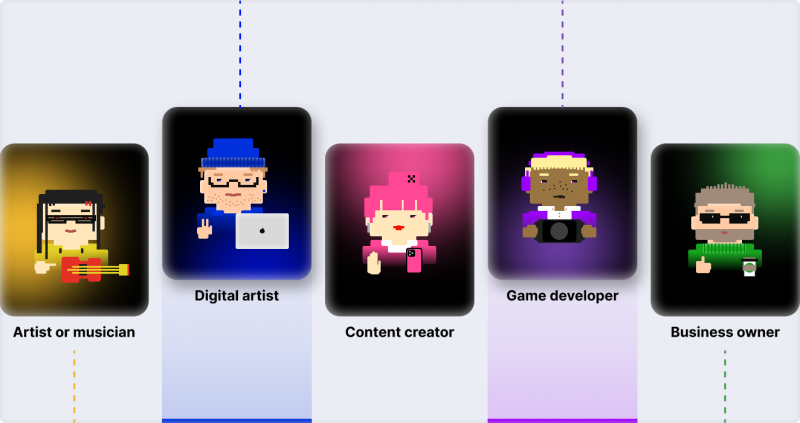
- Artist or musician who wants to leverage NFTs to bring their art into a digital form.
- Digital artist who wants to launch their own NFT (or collection.)
- Content creator who wants to use NFTs new monetization strategies.
- Game developer that creates and mints NFTs as virtual items or in-game assets.
- Business owner that wants to mint NFTs of their products and services.
This article will help you learn how to do exactly that (and more.)
We’ll go over the exact step-by-step tutorial and process for creating your first (or next) NFT so you can get yours launched in less than 24 hours. But first, it’s important for us to understand what NFTs are, how they work, and how they can be used.
Understanding What It Means to Create an NFT
To create an NFT, it’s not enough to just go on a marketplace and mint one. You have to understand what they really are – intangible, unique digital items.
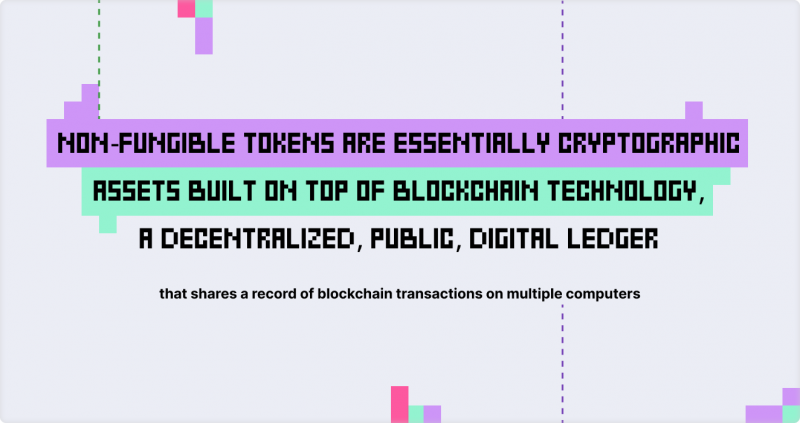
Nonfungible tokens are all different from one another because of their “metadata.” This includes the information that makes up the asset. It’s this data that allows users to buy or sell objects and confirm their validity.
With the world of digital collectibles growing and slowly becoming a part of the digital economy, new use cases are guaranteed to emerge for NFTs. From opening new doors to artists to having practical applications in the areas of fashion, patents, academia, and the tokenization of real-world options, the possibilities are endless for how NFTs will change the world around us.
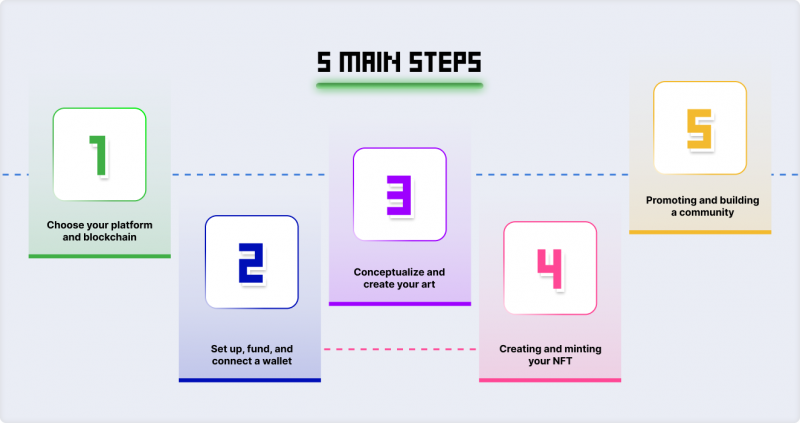
Step #1 – Choose Your Platform and Blockchain
The first and most important step of your journey to launching your own NFT is choosing what platform or NFT marketplace to mint it on. Different marketplaces have different prices, creator fees, audiences, features, editorial policies, and all of these factors can greatly impact how much visibility your NFT gets.
Have a Question About Your Brokerage Setup?
Our team is here to guide you — whether you're starting out or expanding.
Regardless of which one you choose, using an NFT marketplace in the first place will help you skip the difficult technical aspects of creating an NFT. These include deploying your own smart contract on the blockchain and minting your own digital tokens with it.
[Further reading: List of the Largest Blockchains]
Step #2 – Set up, Fund, and Connect a Wallet
After you have a marketplace and blockchain in mind, you’ll need to set up a crypto wallet and connect it to that marketplace.
You can use any of the more online software wallets online, such as Metamask Wallet, Coinbase Wallet, Ledger, Phantom, and more. If you’re a beginner and you’d like to play it safe, Metamask is a great option.
(Depending on your goal for your NFT (whether you’re giving it away, selling it, etc.) it might be better to mint on certain blockchain networks and list your NFTs on specific marketplaces. )
Choose compatible wallets for the marketplace you want to mint on and make sure you add the funds necessary to your balance before you start the creation process. This will usually require purchasing some ETH and sending the tokens to your new virtual wallet’s address. Once that’s done, you’re ready to start creating!
Step #3 – Conceptualize and Create Your Art
Now that you’ve got all the technicalities taken care of, it’s time to think about your NFTs. You can turn pretty much any type of content – whether it’s an image or audio file type – into an NFT.
You’ll also need to make sure you own the rights to whatever it is you’re going to mint. This means you either have to be the original creator or have purchased the rights to a certain art piece or digital content in order to safely turn it into an NFT.
The content of your NFT will be its heart and soul. That’s why it’s important to give this step a lot of consideration.
Three important factors to consider here include:
- Your audience. You have to ensure that your NFT is appealing and relevant to a certain group of people you’re targeting.
- The goal of your NFT (selling, utility, experiences, fundraising, etc.) Having a clear, defined purpose will inform you about the design choices you have to make and the utility the NFT has to bring to its audience.
- Your NFT’s use case. Whether your NFT is a unique piece of art, music, content, a product, or a service, the way in which you’ll design and present it will be vastly different. You’ll also have to consider the format, as popular marketplaces currently allow you to turn any image, digital file, video, or 3D model into an NFT. A strong use case will help you attract a community of enthusiasts and supporters for your project.
Step #4 – Creating and Minting Your NFT
Once you’re equipped with your choice of blockchain and digital platform, as well as all the art/content you’re going to be turning into an NFT, you’re all set to start the minting process.

Connect Your Wallet to Your Chosen Platform.
In the example of the popular marketplace OpenSea, you can select the wallet icon in the upper-right corner and choose the wallet you’d like to connect to the platform.
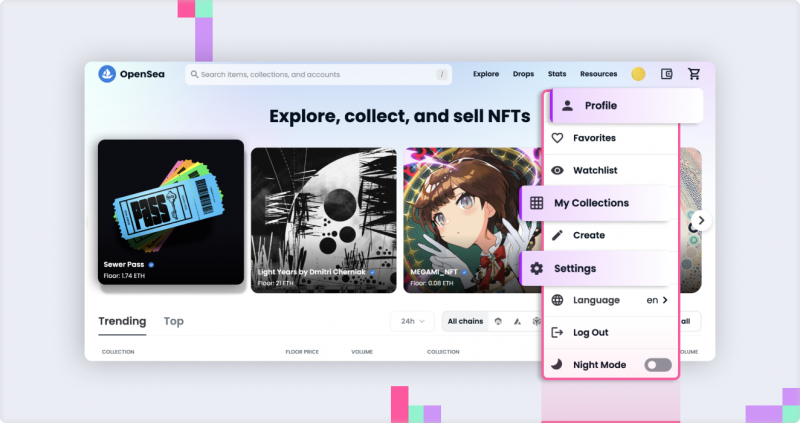
Select “Create” From the Dropdown Menu.
This will bring you to a menu where you can upload your NFTs’ file(s) and write down its features, properties, and description.
Additionally, you can include features like unlockable content (this can be access to private groups, gift cards, coupons, and more.) You can also set a limit on the number of NFTs that can be minted. This is in the case you’re creating an entire collection or a series of NFTs.
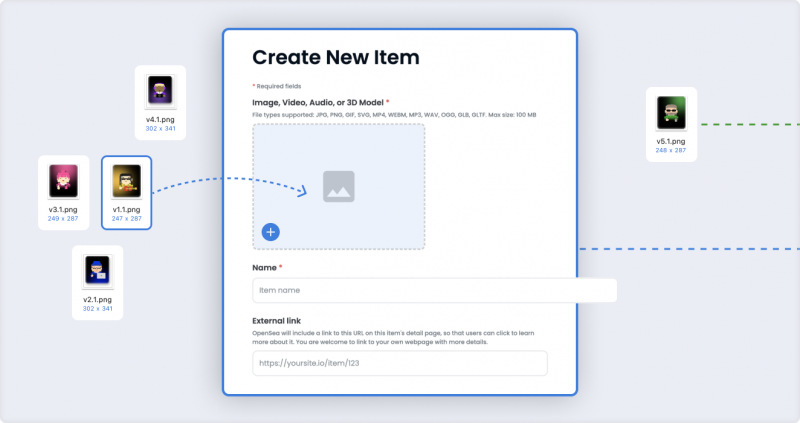
Mint
Once you fill in all the details, upload your media file, and click create, your NFT will be minted, and you’ll be able to see it on your profile. It will be visible on the public blockchain, along with its buy/sell history.
Discover the Tools That Power 500+ Brokerages
Explore our complete ecosystem — from liquidity to CRM to trading infrastructure.
Step #5 – Promoting and Building a Community
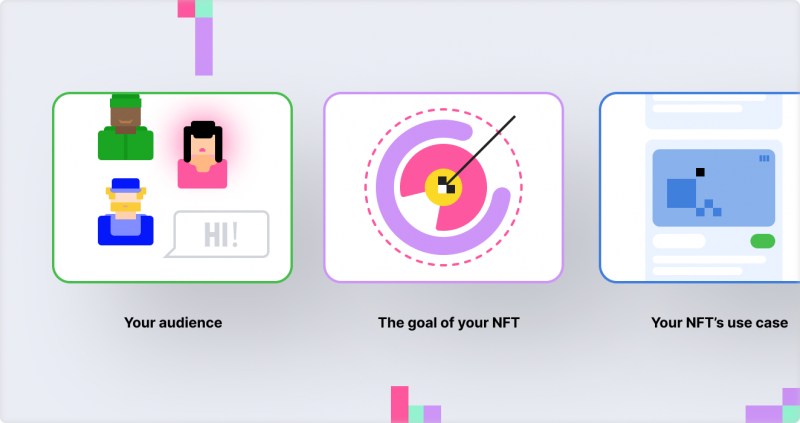
Now that you have an NFT (or NFT collection,) it’s time to start actively promoting it and reaching its target audience.
How you choose to promote it will depend largely on its purpose and specifics, but generally, NFT collections almost always have a social media presence and a way for the collection’s community to come together inside a channel such as Discord or Telegram.
These communication channels are a must if you want people to gain awareness about your NFT, and they’ll help you establish the reputation you need to achieve your NFT goals.
Whether you want to sell your NFT or use it to provide some form of utility, you will ultimately require a way for your community to communicate, a way for new users to find you, and a place where viewers can explore and purchase your NFTs.
In addition to using social media networks and communication channels, you may also want to collaborate with other artists, creators, or businesses that are creating NFTs with a similar purpose and utility.
To gain some inspiration, visit this list of NFT collections listed by sales volume and explore some of the world’s most popular NFT projects.
FAQ
Is a marketplace necessary to create an NFT?
No. NFT marketplaces make it easier and more convenient for you to create and share your NFTs. Creating an NFT on your own would involve creating a smart contract, deploying that contract on a platform of your choice, and then finally minting tokens individually.This requires a bit more technical knowledge and skills that you can save yourself the hassle of learning if you use an NFT marketplace.
Do I really require a digital wallet?
Yes. You will require a digital wallet because you will have to pay a transaction fee to mint your new NFTs. A wallet will also be necessary whenever you want to buy or sell an NFT. Moreover, most popular marketplaces require you to connect a wallet in order to create a non-fungible token. Some of the most popular options include MetaMask Wallet, Coinbase Wallet, Phantom, and more. However, some NFT marketplaces like Nifty Gateway may allow you to use fiat currencies to pay for your NFT creation.
What can I turn into an NFT?
There are no limitations to what you can turn into an NFT. Of course, most audiences and marketplaces will prefer more traditional use cases of NFTs, like art and utility NFTs. With time, more and more platforms are implementing new formats, such as audio and video.
Do you need copyright permission in order to mint an NFT?
NFTs will likely not be subject to copyright protection because they’re simple representations of certain works based on decentralized ledger technology. They do not classify as original works under copyright law. However, the works on which the NFT is created are subject to intellectual property law.









